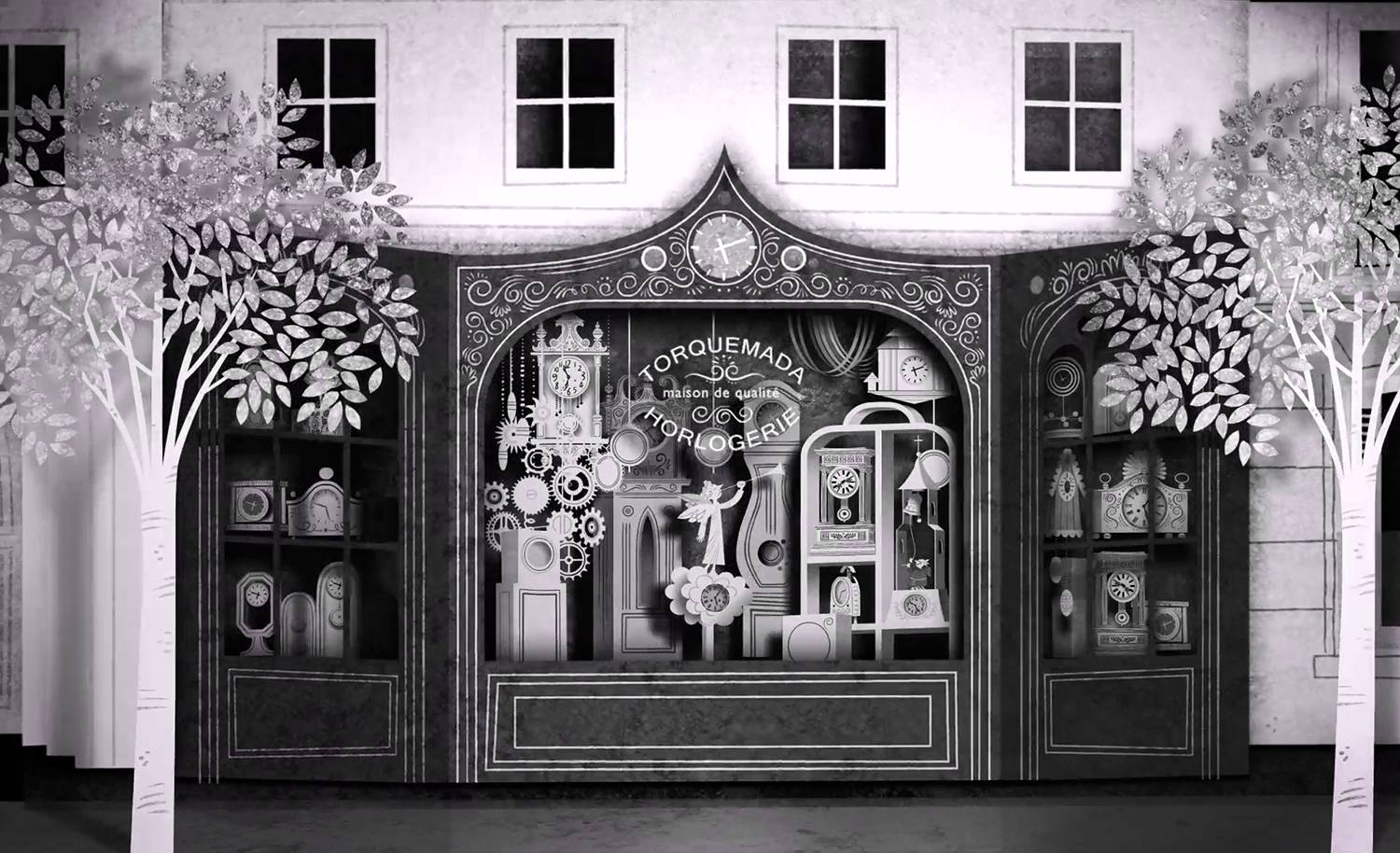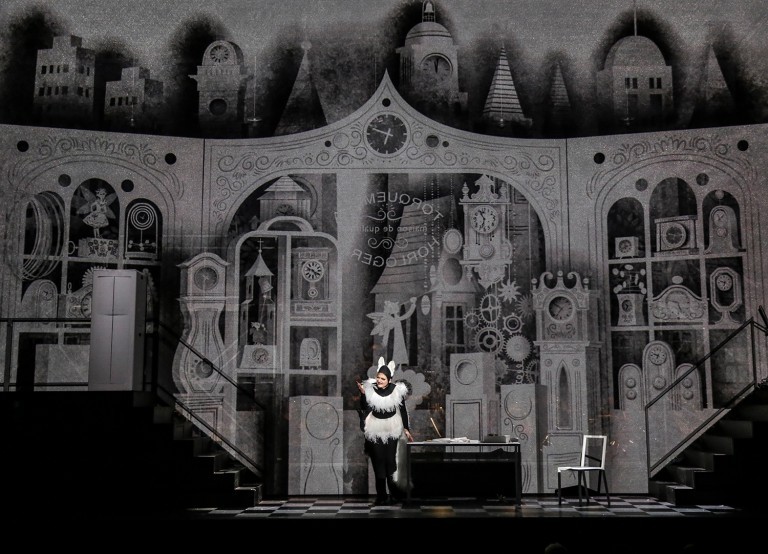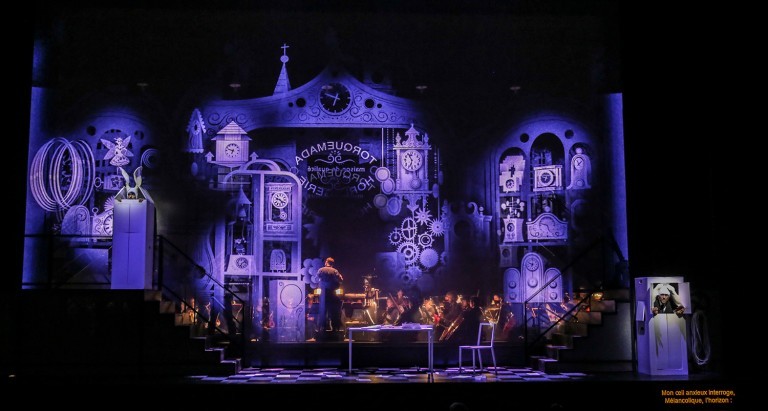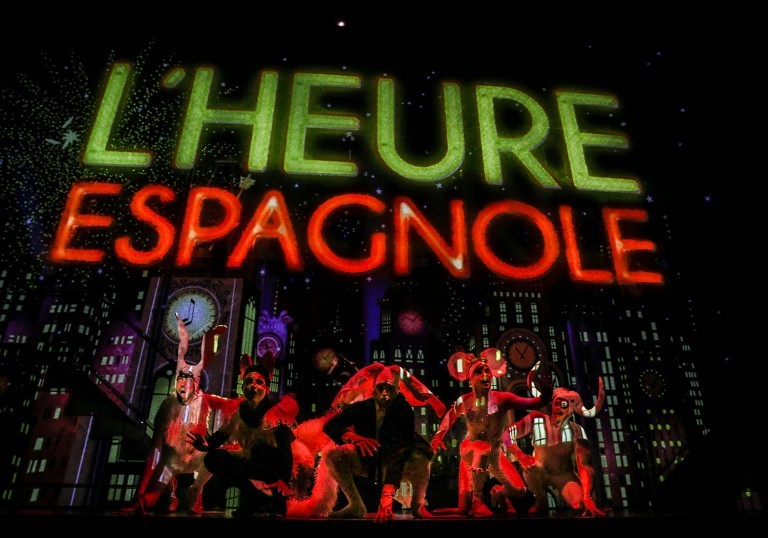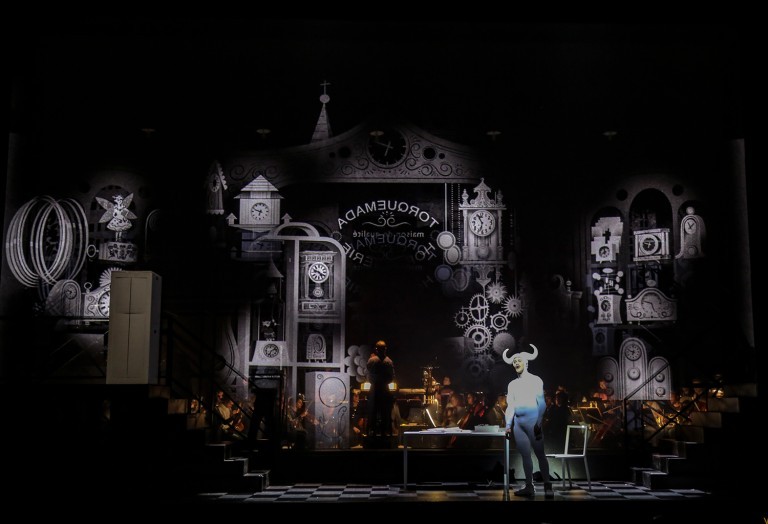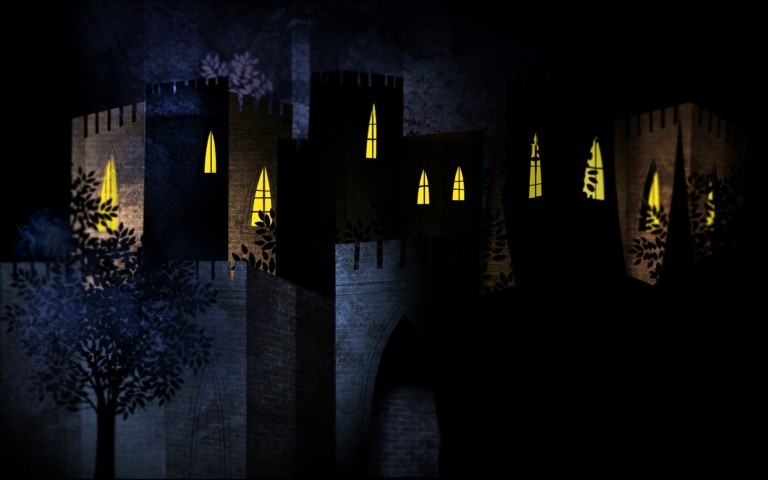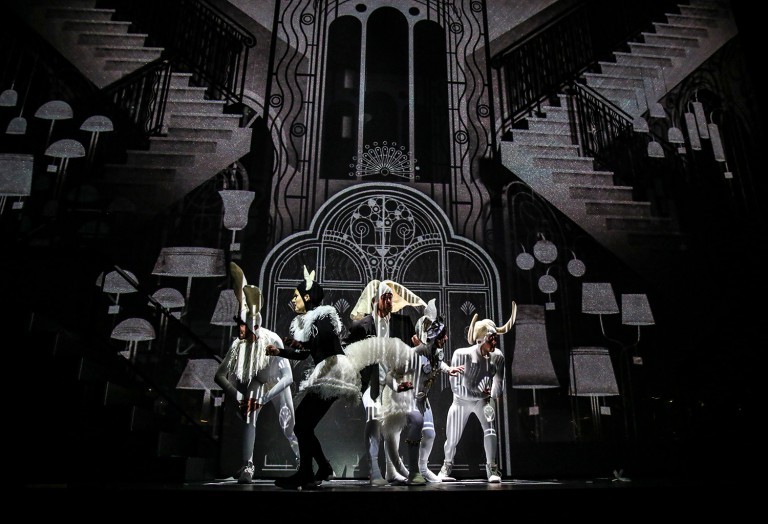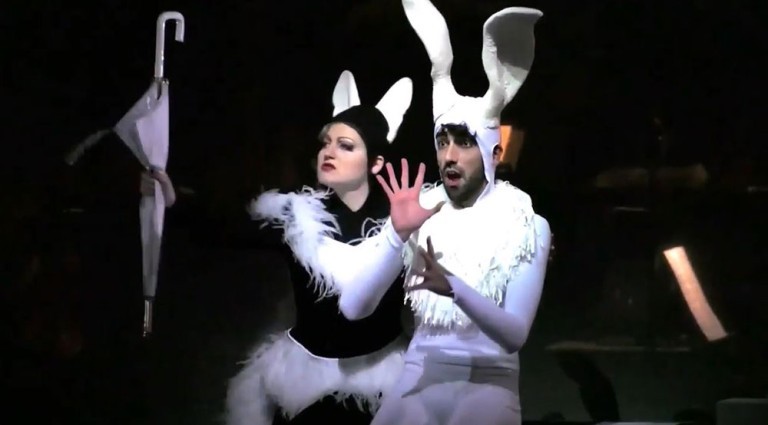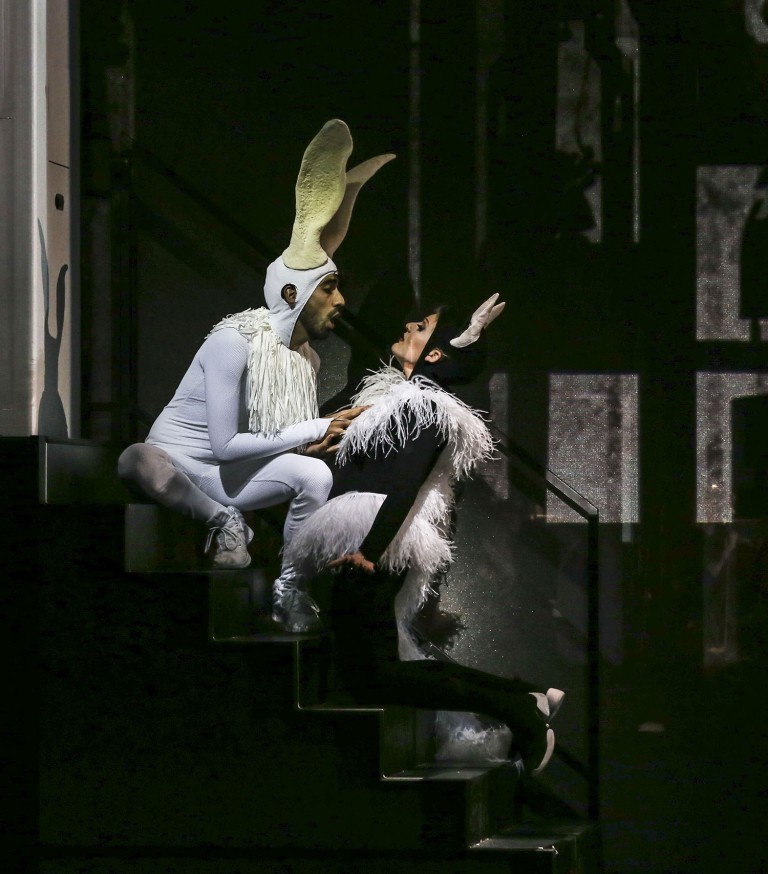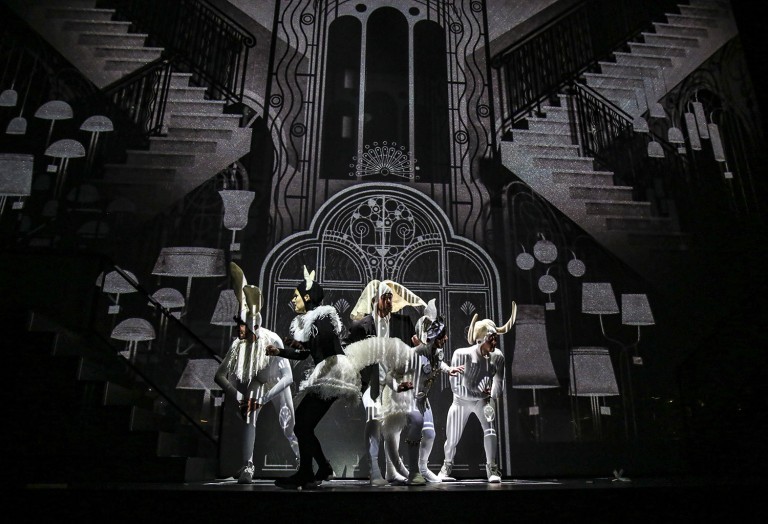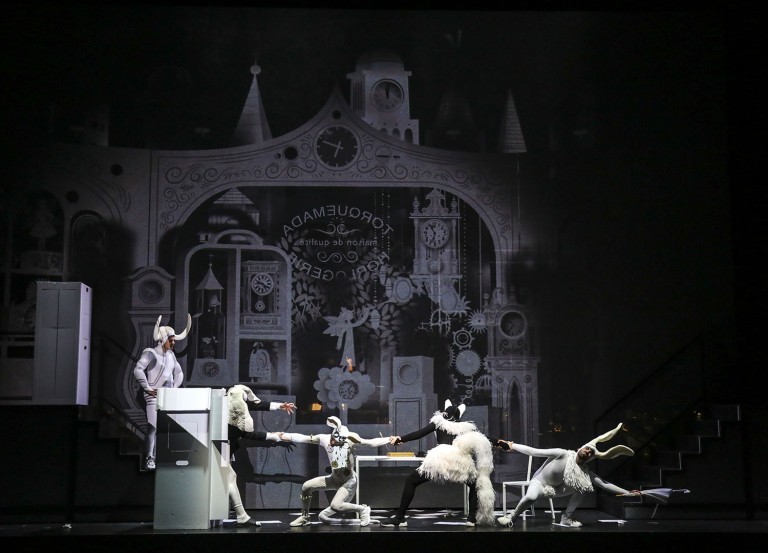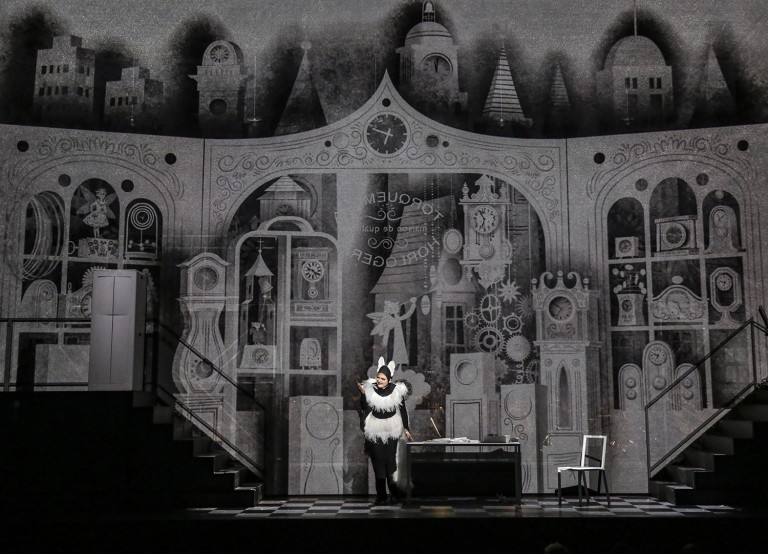For his first opera, Maurice Ravel chose a poem by Franc-Nohain, a well-known journalist and writer during the belle époque and who has (almost) been forgotten since, so as to allow himself to make absolutely delightful musical and vocal experiments.
Here, it is being staged by the imagistic magician Grégoire Pont, who masterly reinvented L’enfant et les sortilèges, the French composer’s second opera, in November 2016 for the Opéra de Lyon. This his Heure Espagnole will be vibrant with new harmonies.
A musical fantasia, an amusing and scandalous farce
As the French composer’s first piece for the stage, L’Heure Espagnole is a farce that brings together a woman, her husband, and her three lovers. This leads to inevitable collisions, with situations that are amusing, comic, and virtually scandalous, which thus led to such a long wait between the origins of the project and its production. Subsequently, the opera was called, after its premiere, a piece of “pornographic” vaudeville. It also needs to be said that both Franc- Nohain and Ravel were making fun of their elders, the former producing a lighthearted pastiche of Victor Hugo’s Hernani, and the former parodying opera-bouffe and its grand duos, but without forgetting himself.
When the curtain comes up, bells chime at different rhythms, at once showing that the action is taking place at a clockmaker’s
clockmaker’s, while the orchestra rumbles and clicks with unusual sounds made by springs, rattles and a whip. Later, the alterations of the singers’ voices, based on the original prosodies, were set to heighten the public’s curiosity and taste for the new. An atypical director, coming from illustration.
The Opéra de Lyon has decided to entrust the direction of this new production to Grégoire Pont, an illustrator for the young, and well-known for his series Les Excalibrius, whose adventures appear monthly in the magazine Toboggan (Milan Presse) and his production of animations for the classical music magazine Presto !, on the TV channel France 2. The audience in Lyon discovered his world thanks to the latest version of L’enfant et les sortilèges, coproduced with the Auditori of Barcelona.
This fantastical, mysterious world around Ravel’s second and final opera, enchanted both the audiences and the critics. By working closely on the score, he is aiming to remain as close as possible to the music and use animated images as a living matter, in perpetual motion, mingling graphic styles, from the simplest to the most luxuriant, with a distinct taste for 1950s cartoons. Accompanied by the British director James Bonas, who is responsible for the spatial staging, Grégoire Pont will thus be able to give free rein to his imagination while his allusions wander alongside the rhythm of the witty espagnolades of one of the most influential French composers of his era.
